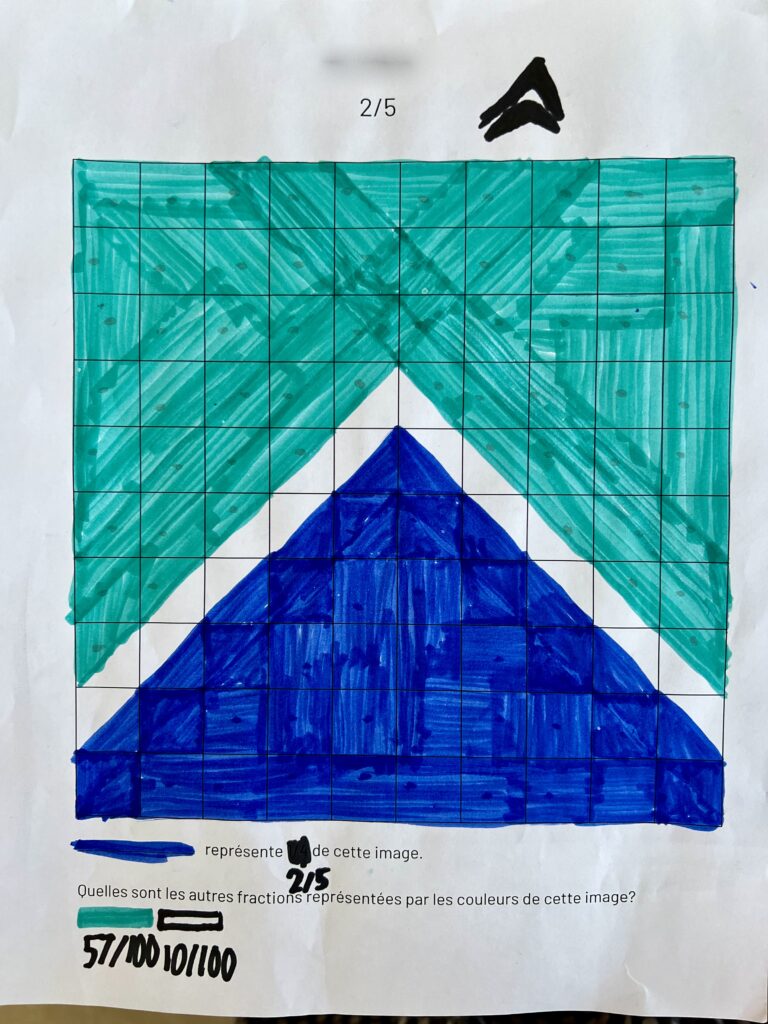Learning Pod: # 1
Peers’ Names: Katherine Harris, Natalie Airlie, Fawzan Hussain, Amanda Beechey, Caelum Dudek and Mathew Terhune
Interactive Learning Resource Topic: Mindfulness & Wellbeing in Children
Identify components of the Interactive Learning Resource that might be missing (e.g., appropriate outcomes, alignment, interactivity, inclusivity, technology use and rationale, presentation, grammar, spelling, citations, etc.).
| This is a very clear and organized Interactive Learning Resource. I enjoyed how this cite was layed out and showed the course outline for adults to follow along with. All videos and articles were clearly and correctly cited. All hyperlinks are functional. One think that leaves I think is missing is child friendly language. I think the outcomes are appropriate and relevant to the content, yet I wonder how this information would be presented to 5-8 year olds. I think that it would be beneficial to add learning outcomes in child-friendly language so that they can be shared directly with learners. |
Provide a summary of The Interactive Learning Resource’s strengths and weaknesses. Draw out specific examples from your peers’ work to justify your feedback.
| Strengths: Interactive food game – Having students take the time to apply their learning in a game format is an amazing strategy to motivate learners and increase their interest. Multi-media – Including graphics and videos to teach children meets a wide range of needs. It’s important when choosing a direct instruction method to think about how long kids will be expected to sit and listen, having a variety of sources is important. Weaknesses: Assessment – I feel that the summative assessment section is not very clear. From my understanding, there will be a summative assessment at the end of each unit but I feel like they need to be elaborated on again. It is described that the summative assessments would be similar to the formative assessments but I would like to know more about what that would look like. Timeline – reading through this plan I was constantly wondering what the expected timeline is for children to complete this work. Having worked with this age group, I believe that the amount of content presented would take a very longtime to cover with this age group so I am interested in how long this course would be expected to take. |
Provide general, specific, and practical recommendations to your peers on how to improve their Interactive Learning Resource.
| In all, you all should be very proud of the work you have accomplished so far with this project. I think that your work is organized, thorough, and brings awareness to very important subject matter. I would recommend referring to the BC curriculum specifically the Physical and Health Education curriculum to see what children will be taught at school if this is intended to be an out of school course as there are a lot of similar themes to play off of. |
